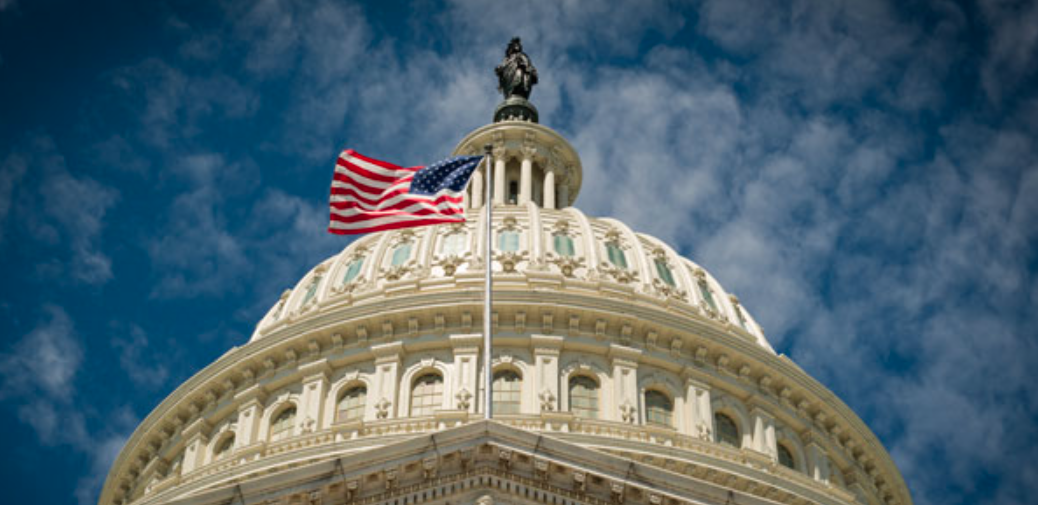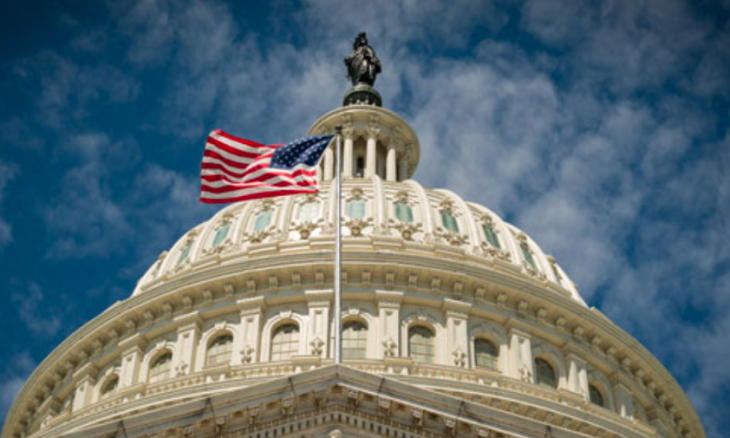The Constitution and the Balance of Power
The framers of America’s Constitution gave considerable thought to power. George III became king of Great Britain and Ireland in 1750. As you may recall from your history lessons, the taxes he imposed on the American colonies were oppressive. By the time of the Declaration of Independence, the king was seen as an inflexible tyrant who had squandered his right to govern the colonies. The nation’s founders had the dangers of a tyrannical government ever before them, so they built a system by which the powers of each branch of government would be used to check the powers of the other branches.

James Madison, often called the Father of the Constitution, summed it up this way: “The accumulation of all powers, legislative, executive, and judiciary in the same hands…may justly be pronounced the very definition of tyranny. The defect must be supplied by so contriving the interior structure of the government, as that its several constituent parts may, by their mutual relations, be the means of keeping each other in their proper places.”
Article I of the Constitution provided for the structure and powers of Congress. It created a two-chambered legislature — the Senate and the House of Representatives — and set qualifications for holding office in each. The powers of Congress were carefully enumerated.
Article II provided that the power to execute the laws passed by Congress was vested in a president. It set the president’s term, provided the qualifications, and included a mechanism by which to remove him from office. His powers included as commander in chief of the armed forces, negotiator of foreign treaties, and an appointer of ambassadors, judges, and other “officers of the United States.”
Article III established the Supreme Court, and its jurisdiction was defined.
Shortly after the ratification of the Constitution, a House-Senate Conference Committee developed a joint resolution on the first amendments to the Constitution, known as the Bill of Rights.
What about today?
An article penned for the American Constitution Society suggests that “no system can guarantee its survival.” They contend that the Constitution has failed and that we must “think creatively about how to increase the odds in favor of liberal democracy. We need a constitution that is both more liberal, with more effective limits on power as well as improved safeguards against corrupt government officials.” They suggest a new Constitutional Convention.
From another perspective, the National Constitution Center says, “In the final consideration, the Founders understood that only a virtuous people can be free, and if the American constitutional story has thus far unfolded well, and we believe it has, it is because “we the people” have largely resolved to be so.”
Opinions on the legitimacy of an Eighteenth Century document in the Twenty-First Century country vary as widely from one side of the American continent to the other.
How then should we pray?
- For officials in each of the three branches of government to have a greater respect for the others and seek to work toward unity among the people of the nation rather than for division.
- Giving thanks for the wisdom God gave to the founders.
- For the men and women who are part of the federal government to be good stewards of the Constitution.
- For courage and wisdom for the American people, and that more would gain knowledge of what our founding documents actually provide.
- That God would continue to direct those in power to retain liberty and justice for all.





